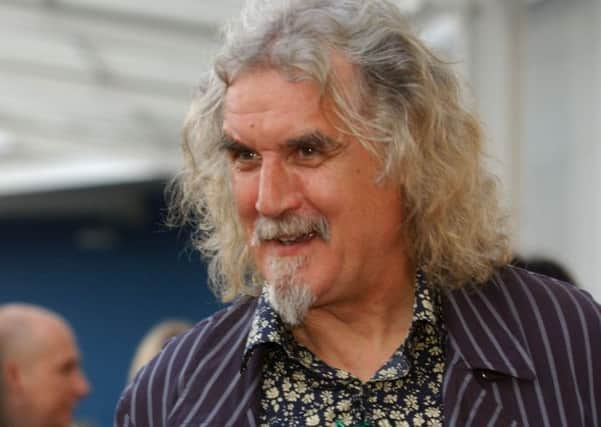Comment: Tales in our records would make you weep


Programmes like Who Do You Think You Are? are fascinating. We enjoy the revelations and mysteries about the backgrounds of the celebrities involved. We may think of tracing our own roots, wondering what our family tree will look like. We may speculate about unknown, possibly exotic forebears in the distant past. But what if your search for your roots tells you of the existence of a whole range of relatives, whom you have never met, and never knew existed, but who are very much alive and not far away?
Adoption stories are part of the real-life “family trees” of the many hundreds of people who have come to Birthlink over the 30 years since we began to specialise in post-adoption services. The work of our staff and volunteers in tracing relatives is very like the work of the archivists on TV who trace the families of the celebrities. Apart from our own records of adoptions over the last 100-plus years, we have to search the huge store of records of births, deaths and marriages not only in Scotland but around the world.
Advertisement
Hide AdAdvertisement
Hide AdBirthlink began life in 1911 as a branch of the National Vigilance Society. The society’s aim was to protect women and girls “on the street”. Records began in the 1920s. There are hundreds of these palm-sized index cards. Elegant hand-written notes record brief details of the women and girls who passed through the Vigilance Society’s somewhat judgmental hands. Often there are glimpses of tragic lives. The prejudices of the times are all too evident: Cynthia*, a 17-year-old girl, is “filthy, highly-strung and a liar” according to the record of the time.
Cynthia’s record is on not one but two index cards, stapled together. The second card showed that in 1946, 20 years later, she returned to the agency (by then known as the Guild of Service) to put another baby up for adoption. It is unlikely that we will never know the real truth about Cynthia.
In the period between the 1950s and the 1980s, case files became a lot more detailed, more professional and more respectful. Such was the response to changes in legislation and an increased priority given to counselling. Even so, there is plenty evidence of judgmental language. Appearance and personality continued to count. Twenty-one-year-old Laura, for example, was described as “mentally subnormal” and her about-to-be-adopted child as a “coffee- coloured baby”. Laura’s family believed that she was incapable of caring for the child and they did not want the stigma attached to having the “mixed race” child of their unmarried daughter in their house.
Reading these old notes today, often on Microfiche (not a simple task), one finds that there is still much to learn from these over-lurid descriptions. Once the attitudes of the times are taken in account, a picture is built up that can be richer than today’s over-cautious, sometimes anodyne recording. Those with whom we share such records are intrigued by descriptions of young girls “primly” dressed and anxious mothers and fathers “wringing their hands” over their pregnant daughter’s condition. After all, for an adopted person, this begins to answer the question of “Why was I given up?” But social services’ record-keeping on the fathers of the children is much scantier and this is something that has been very slow to change.
The indexes of the 1920s make little and often no mention of a child’s paternity. The case notes from mid-century onwards begin to mention the young men involved in the lives of the girls whose babies were given up for adoption.
SEE ALSO
Even where they are brief, inadequate or prejudiced, the fact is that Birthlink’s old records often offer not only glimpses of a very different society and information about addresses that no longer exist, but valuable clues to the identity of parents. Many adopted people whose names are in the 1920s and 1930s records will no longer be with us, but members of their birth families and their own children and grandchildren may still be out there.
Anyone reading this might be one of these unknown birth relatives. Perhaps an aunt had a child in the 1960s or 1970s – a child put up for adoption and never mentioned? Perhaps a grandfather had a child when he himself was in his teens, long before he was married, and was never even consulted about the adoption?
Birthlink’s records dating from the time that the agency arranged adoptions as the Guild of Service are substantial. We recognise that one of the central barriers to adopted adults leading a full and complete life is the secrecy that surrounds adoption.
Advertisement
Hide AdAdvertisement
Hide AdToday, as a matter of principle, we welcome requests for access to our records. Piecing together the past is never straightforward. Supporting someone sobbing over a copy receipt for a babygro, coming across the name of a father, or watching the pieces of the jigsaw fall into place is to be part of a rollercoaster of emotions locked up in the cards and files.
* Names have been altered
• Gary Clapton is a university lecturer in social work and a consultant with Birthlink www.birthlink.org.uk